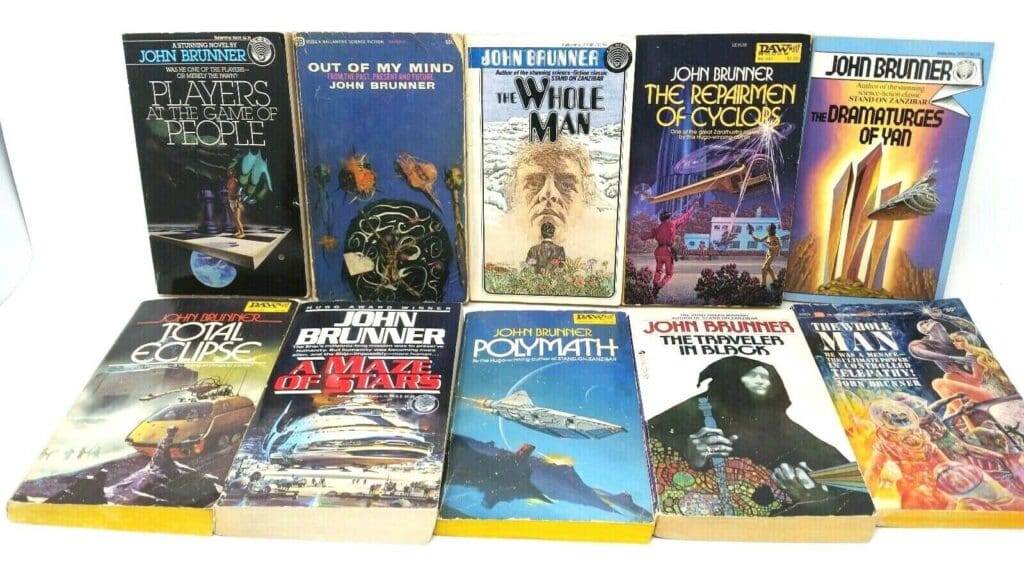
Everyone knows the Big Three of science fiction—Asimov, Clarke, and Heinlein. Walk into any bookstore, mention classic sci-fi, and those three names roll off tongues like a sacred incantation. But here’s the problem with literary canonization: it creates blind spots the size of entire galaxies. While we’ve been genuflecting before the Big Three, we’ve allowed dozens of visionary writers to slip into the shadows—authors who predicted our digital nightmares, environmental collapse, and social upheavals with startling accuracy.
This blog exists to correct that oversight. We’re going beyond the required reading lists to excavate the buried treasures of speculative fiction. These aren’t obscure writers who published three stories in fanzines—these are Hugo winners, Nebula recipients, and genre-defining authors whose books influenced everything from cyberpunk to climate fiction. Consider this your guide to the secret history of science fiction and fantasy, where forgotten prophets and overlooked innovators wait to blow your mind. Ready to meet the masters time forgot?
Most science fiction fans can rattle off the usual suspects when discussing genre legends—Asimov, Heinlein, Dick. But mention John Brunner, and you’ll likely get blank stares. That’s a crime against literary history.
Brunner didn’t just write science fiction. He wrote tomorrow’s headlines decades before they happened. While his contemporaries were still dreaming of rocket ships and ray guns, this British visionary was mapping out the digital nightmares we’re living through today.
Who Was John Brunner?
John Brunner (1934-1995) began his writing career as a teenager, churning out space operas and adventure stories for British magazines. But something shifted in the late 1960s. Maybe it was the cultural upheaval, maybe it was his anti-nuclear activism, or maybe he just looked around and saw where the world was heading.
Whatever the catalyst, Brunner transformed from a pulp writer into one of science fiction’s most prescient social critics. He served in the RAF, marched against nuclear weapons, and spent his final decades crafting formally experimental novels that read like dispatches from our current reality.
When Brunner died at the 1995 World Science Fiction Convention in Glasgow, the genre lost one of its most important voices—and most of us didn’t even notice.
Why John Brunner Matters More Than Ever
Here’s what makes Brunner’s legacy so remarkable: his late-1960s to mid-1970s quartet of novels—Stand on Zanzibar, The Jagged Orbit, The Sheep Look Up, and The Shockwave Rider—reads like a blueprint for the 21st century.
Stand on Zanzibar won the 1969 Hugo Award for its exploration of overpopulation and corporate manipulation. The Sheep Look Up depicted environmental collapse with terrifying accuracy. The Shockwave Rider literally invented the term “computer worm” and predicted the internet’s dark side.
These weren’t lucky guesses. Brunner was doing something revolutionary: using science fiction as a tool for serious social analysis. He borrowed techniques from literary modernists like John Dos Passos, creating collage-structured narratives that felt more like CNN than conventional novels.
The cyberpunk movement that emerged in the 1980s? Brunner was there first, exploring networked societies, corporate dystopias, and digital identity theft. William Gibson gets credit for Neuromancer, but Brunner was mapping cyberspace a decade earlier.
Where to Start with John Brunner?
Stand on Zanzibar (1968) — The Masterpiece
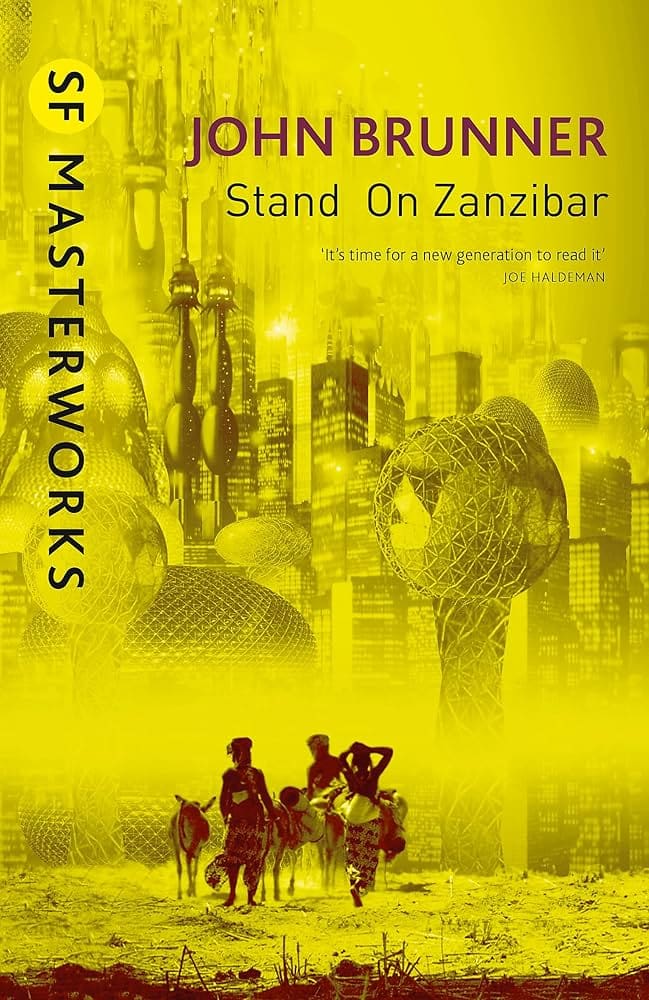
If you read only one Brunner novel, make it this one. Stand on Zanzibar drops you into 2010 (remember, this was written in 1968) where overpopulation has pushed society to the breaking point. The narrative jumps between characters, news reports, advertisements, and data dumps, creating a media-saturated experience that feels remarkably contemporary.
The book’s central premise—that too many people competing for too few resources leads to social breakdown—proved prophetic. But it’s Brunner’s technique that makes the novel essential reading. He understood that modern life doesn’t follow neat narrative arcs. It’s fragmented, overwhelming, and constantly interrupted by information overload.
Stand on Zanzibar won the Hugo Award, the BSFA Award, and France’s Prix Apollo. More importantly, it established Brunner as a major voice in the New Wave movement that was transforming science fiction from escapist entertainment into serious literature.
The Sheep Look Up (1972) — Environmental Nightmare
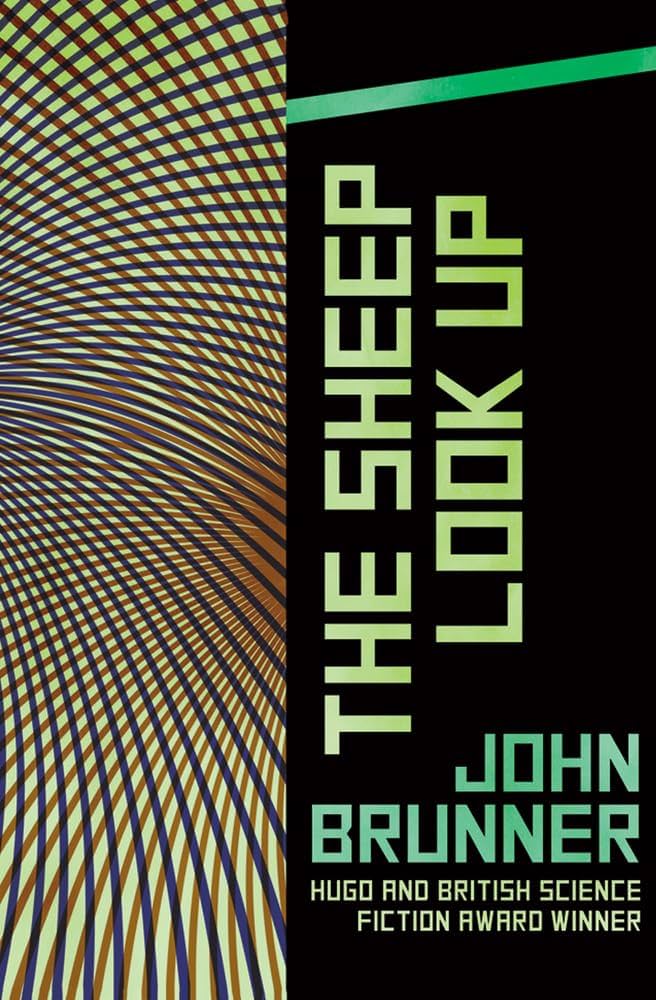
Long before climate change became a household term, Brunner wrote the definitive environmental disaster novel. The Sheep Look Up presents a United States where the air is toxic, the water is poisoned, and the food supply is contaminated. Sound familiar?
The story follows multiple characters, including scientist-turned-activist Austin Train, as they navigate a world where corporate profits matter more than human survival. Brunner’s collage technique returns here, weaving together news reports, government memos, and personal stories to create a comprehensive portrait of ecological collapse.
What makes The Sheep Look Up so powerful isn’t just its environmental message—it’s how Brunner connects ecological destruction to social decay. Pollution doesn’t just kill plants and animals; it destroys communities, families, and hope itself.
The novel influenced countless later works, from Kim Stanley Robinson’s climate fiction to the dystopian environmentalism of Paolo Bacigalupi. But none of them match Brunner’s raw fury at a system that treats the planet as a disposable commodity.
The Shockwave Rider (1975) — The Internet Prophet
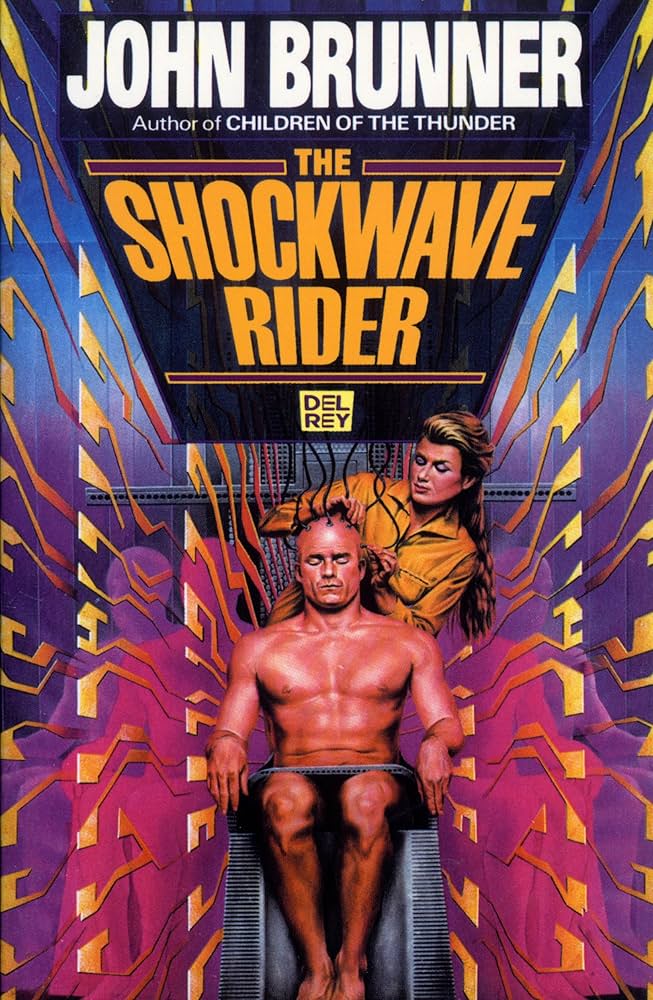
Here’s where Brunner’s prescience becomes almost supernatural. The Shockwave Rider describes a networked society where computers control everything from employment to identity. The protagonist is a hacker who uses his digital skills to evade government surveillance and create new identities.
Brunner coined the term “worm” to describe self-replicating programs that spread through computer networks. He predicted identity theft, digital surveillance, and the use of computer viruses as weapons of social change. The book essentially describes the internet—and its potential for both liberation and oppression—twenty years before most people had heard of email.
The novel’s hacker protagonist uses a worm to expose government secrets and force transparency on a corrupt system. Sound like WikiLeaks? Anonymous? Edward Snowden? Brunner saw it all coming.
The Shockwave Rider is considered proto-cyberpunk, influencing everything from Neuromancer to The Matrix. But unlike many cyberpunk works that focus on style over substance, Brunner’s novel grapples seriously with the social implications of digital technology.
Is John Brunner Hard to Read?
Brunner’s experimental style can be challenging. His collage technique—mixing narrative with fake news reports, advertisements, and data—requires active engagement from readers. You can’t just passively consume these novels; you have to work to piece together the full picture.
But that’s precisely what makes them so effective. Brunner understood that modern life is fragmented and overwhelming. His novels mirror that experience, forcing readers to navigate information overload just like his characters.
Start with Stand on Zanzibar if you want the full experimental experience. If you prefer more traditional narratives, try The Sheep Look Up or The Shockwave Rider, which use the collage technique more sparingly.
The Brunner Reading Order
For newcomers, I recommend this sequence:
- Stand on Zanzibar — The essential starting point
- The Shockwave Rider — Easier to follow, incredibly prescient
- The Sheep Look Up — The most relevant to current environmental crises
- The Jagged Orbit — Completes the quartet, focuses on racial tensions and media manipulation
Each novel stands alone, but reading them in order shows Brunner’s evolution as both a stylist and a social critic.
Why Brunner Remains Relevant
In an era of fake news, climate change, and digital surveillance, Brunner’s novels feel less like science fiction and more like documentary. He understood that technology doesn’t solve social problems—it amplifies them.
His work offers no easy answers or heroic solutions. Instead, Brunner forces readers to confront uncomfortable truths about power, inequality, and human nature. His characters struggle against systems too large and complex for individual action to matter much.
That might sound depressing, but it’s also liberating. Brunner’s novels strip away comforting illusions and force us to see clearly. In a genre often obsessed with technological solutions, he reminds us that the real problems are social, political, and economic.
Frequently Asked Questions About John Brunner
What awards did John Brunner win?
Stand on Zanzibar won the 1969 Hugo Award for Best Novel and the British Science Fiction Association Award. It also received France’s Prix Apollo.
Are John Brunner’s books still in print?
Yes, most of his major works are available in both print and digital formats. Look for editions from publishers like Open Road Media and Gollancz.
How does Brunner compare to other New Wave authors?
Brunner shared the New Wave’s experimental approach with writers like J.G. Ballard, Brian Aldiss, and Michael Moorcock, but his focus on social prediction set him apart.
What themes run through Brunner’s work?
Overpopulation, environmental destruction, corporate power, technological surveillance, and social fragmentation appear throughout his major novels.
John Brunner deserves recognition as one of science fiction’s most important voices. His novels predicted our current crises with uncanny accuracy, and his experimental techniques influenced generations of writers. More importantly, his work reminds us that science fiction at its best doesn’t just entertain—it warns, challenges, and illuminates.
In a world struggling with climate change, digital surveillance, and social fragmentation, Brunner’s vision feels more relevant than ever. He may not have provided solutions, but he gave us the tools to see our problems clearly.
If you like my thoughts on Science Fiction and Fantasy, check out my work:
For a great alternative to mainstream science fiction, with spy thriller action, read The Stars Entwined on Amazon!
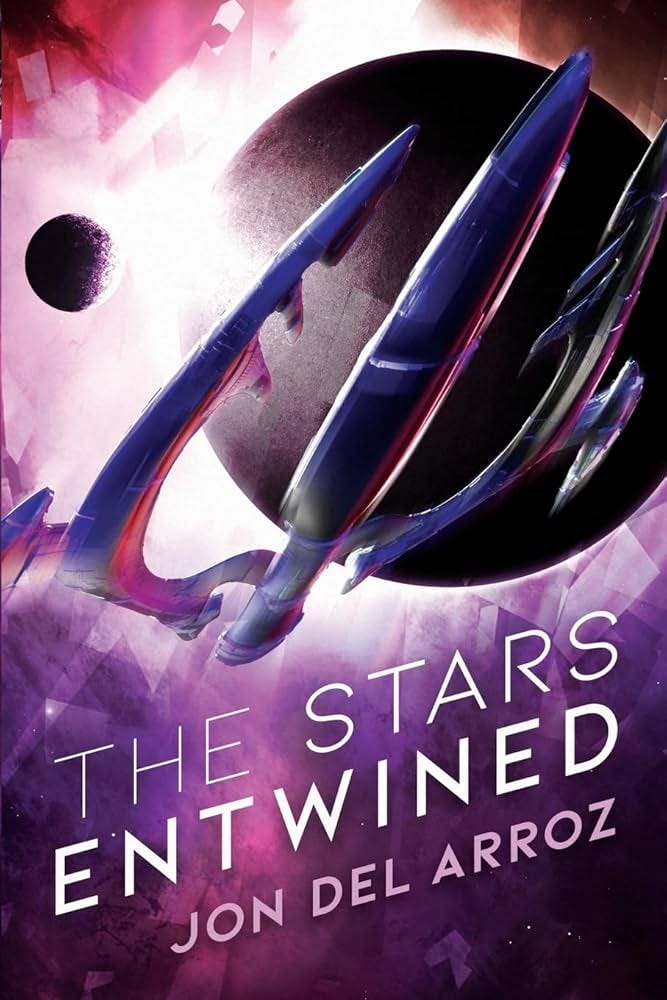

Leave a Reply